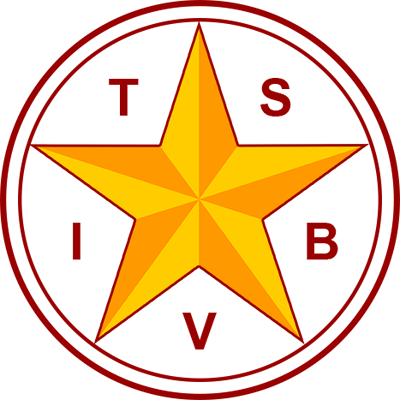Strategic Planning at the Texas School for the Blind and Visually Impaired
Authors: William Daugherty, Superintendent, Texas School for the Blind and Visually Impaired
Keywords: Texas School for the Blind and Visually Impaired (TSBVI), blind, visually impaired, strategic planning
Listen to the Article
In June of 2017, the Texas School for the Blind and Visually Impaired (TSBVI) held a strategic planning session with statewide stakeholders to help the school make decisions on how to best meet its mission over the next several years. The large group that gathered on the campus was comprised of educators, parents, adult service providers, consumer organizations, graduates of TSBVI, and members of the school’s Board of Trustees. The day was largely devoted to what is working well at TSBVI; what outside trends, factors and challenges the school should attend to; and how the school might improve its programs and services. The next day, the TSBVI Board of Trustees met with the school’s administration to review the previous day’s input and to come forward with ideas of their own.
It was very gratifying for TSBVI to hear from its stakeholders how much they valued the school and its mission both on its campus and through its statewide outreach services. Among the many statewide challenges noted by the group included concerns about educational and federal funding; the growth in the number of students with multiple disabilities; high caseload numbers among teachers and specialists; rapid changes in technology; and post-school outcomes for all students. The discussion of how TSBVI could improve its services garnered ideas on helping ISD diagnostic teams better evaluate students; increasing expertise in autism; finding ways to support early childhood learning; and reaching out to general education teachers on how to make curriculum and instruction more accessible.
TSBVI has a statewide mission, and many of the stakeholders voiced statewide issues as noted above. While there were challenges and concerns brought forward by the group that are largely outside of TSBVI’s sphere of influence, for example Medicaid funding, the majority of statewide issues noted have already found their way into the plans and activities of the school and its collaborative partners in the Education Service Centers, teacher training programs, parent groups, and others. Take for example the issue of large caseloads among Teachers of the Visually Impaired (TVI) in Texas school districts. TSBVI hosts a statewide group called the Texas Action Committee that, under the leadership of Dr. Rona Pogrund of Texas Tech University, developed a tool called the Visual Impairment Scale of Service Intensity of Texas (VISSIT). While not developed to establish caseload numbers for TVI’s, the VISSIT does help TVI’s establish the amount of services and supports individual students need based upon their learning requirements. Ultimately, this helps schools determine their staffing needs in the area of visual impairment and blindness.
Overall, TSBVI was encouraged to hear how much the school’s current statewide efforts and plans aligned with the issues that the statewide stakeholders identified. This is likely due in large part to the fact that TSBVI has such a connected statewide presence among parents and educators that their issues have long been informing the type of programs and services the school develops and provides. Inputs on the school’s two campus-based programs, Comprehensive Programs and Short-Term Programs, also indicated that TSBVI is largely on the right track. Among the recommendations for Comprehensive Programs was the need to achieve better post-school outcomes (higher education, employment, community living) and to improve the transition process for students returning to their local school districts. Recommendations for Short-Term Programs included more program options and finding ways to serve more students with complex learning needs such as those who are DeafBlind.
The TSBVI Strategic Plan is still a work in progress, but here is a representative sample of what it will likely contain.
- TSBVI will increase its statewide capacity to provide on-line training for parents, educators and students over a wide range of topics.
- The school will work with its collaborative partners in the ESC’s to provide more training supports to diagnosticians and school psychologists regarding the impact of visual impairment on learning needs.
- The school will establish a Low Vision Clinic on its campus in order to help students maximize their visual efficiency for learning, daily living and recreation.
TSBVI also has a number of internal needs that fall into the strategic plan. Sufficient legislative funding for the school is a perennial concern. In addition, having an effective and efficient staff development system is essential for the school to provide a state-of-the-art education in a setting that includes instruction both during the day and during residential, after-school hours.
For any Tx SenseAbilities readers who participated in the strategic planning session, TSBVI owes you a large debt of gratitude. You made a valuable contribution to this process and demonstrated why Texas is among the best in the nation when it comes to statewide collaboration that lifts all boats. Thanks!
